Sometimes when you stick together you can get a lot more done than if you go it solo.
Let’s explore the six animals that get the job done by leaning on one another!
A Murder of Crows
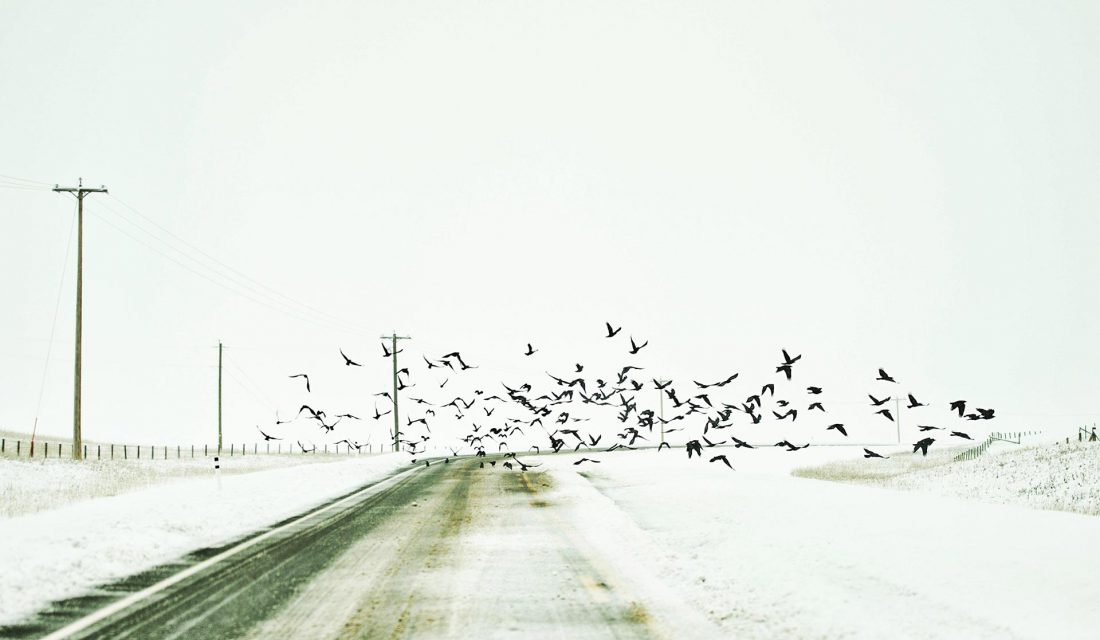
Don’t mess with crows. This is a lesson that many predators like hawks, , owls and raccoons learn the hard way. When predators lurk around crow nests, crows will work together to drive them away. They’ll swoop and nip, and can injure the predator in the process. This process is known as mobbing, and outraged crows can be more than a dozen strong in number! Yikes.
A Pod of Killer Whales

Killer Whales are some of the smartest hunters in the world. They hunt as a team; a team that can consist of up to 40 members! They’re able to locate prey using echolocation – a series of clicking sounds that bounce off of things in the water (including things they want to eat!). Killer Whales have quite the variety of animals they like to eat from fish to sea turtles, squid to sea birds, sea otters to sea lions. Their ultimate strategy? Get the prey alone or into small groups. Tire it out and then feast together. Bon appetit!
A Swarm of Bees
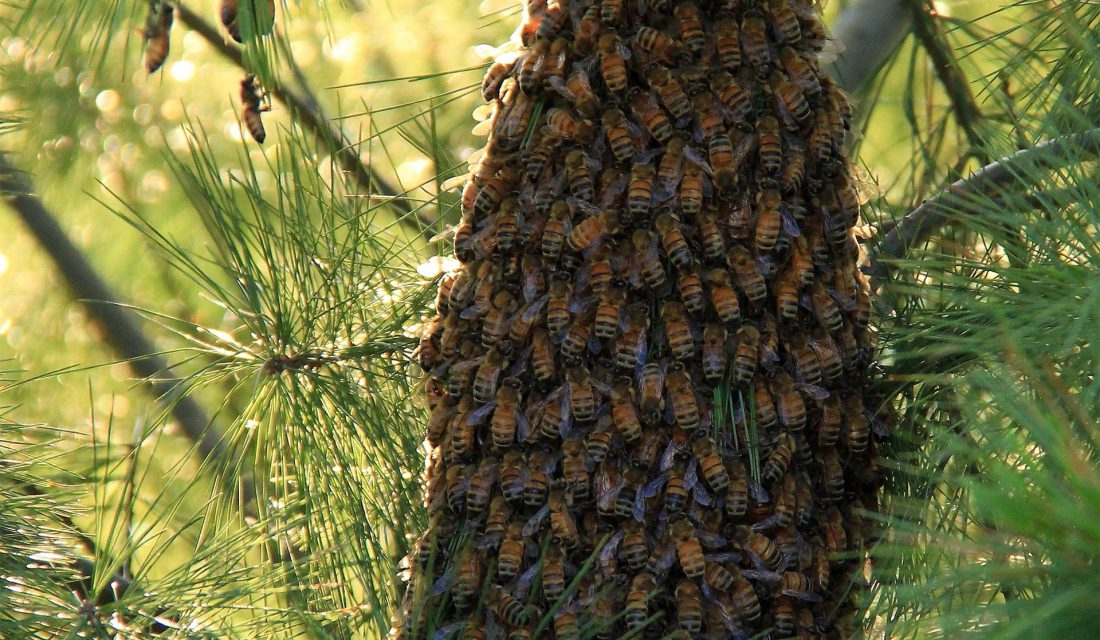
There’s a reason people call you a ‘busy bee’ when you’re getting a ton done. Bees are known to be hard working critters. But some bees are only truly effective when they work together. They lean on each other for so much. Bees will head out of the hive to seek out nectar rich flowers. When they zone in on a particularly appealing patch, they’ll fly back to the hive to tell the others!
A Family of Otters
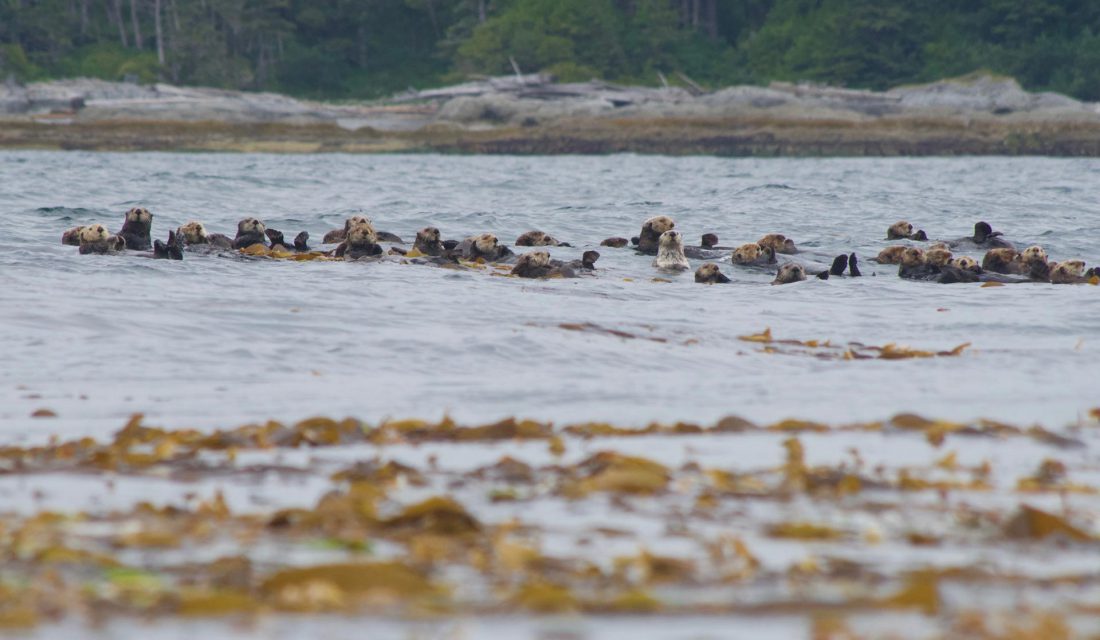 Sea Otters know how to stick together – literally. These marine mammals rarely come to land. They’ll only emerge from the ocean to escape predators, if needed. Otherwise they are happy to spend their lives in the sea. But how do they sleep? Sea Otters will seek out reef and kelp forests to relax since these waters are not only calmer, but filled with prey too. They form groups, called rafts, by holding hands (yes, it’s as cute as it sounds). This helps them to stick together. While male and female Sea Otters tend to create their own rafts, these rafts can become enormous with over 200 individuals!
Sea Otters know how to stick together – literally. These marine mammals rarely come to land. They’ll only emerge from the ocean to escape predators, if needed. Otherwise they are happy to spend their lives in the sea. But how do they sleep? Sea Otters will seek out reef and kelp forests to relax since these waters are not only calmer, but filled with prey too. They form groups, called rafts, by holding hands (yes, it’s as cute as it sounds). This helps them to stick together. While male and female Sea Otters tend to create their own rafts, these rafts can become enormous with over 200 individuals!
A Scurry of Squirrels
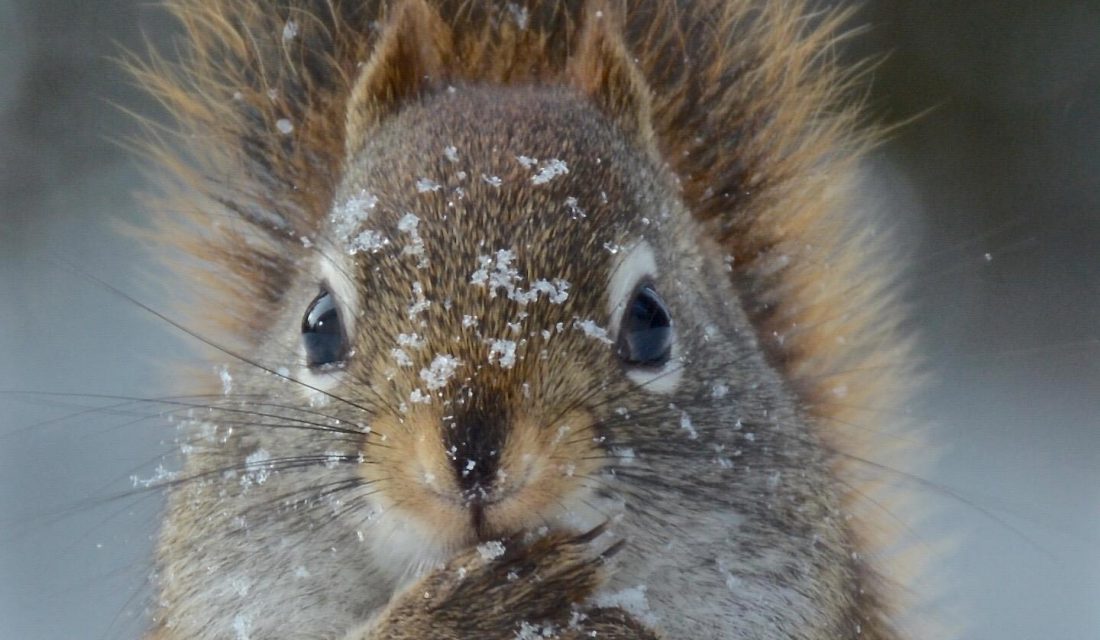
While squirrels might chase each other for hours to establish dominance, they still look out for one another. When a predator arrives on the scene, squirrels will call out to each other to let it be known there’s danger close by. They also swish their tails around as a warning – in the city, where it’s quite noisy, they rely primarily on tail flicking to keep each other aware of the threats in the area.
A Pack of Wolves
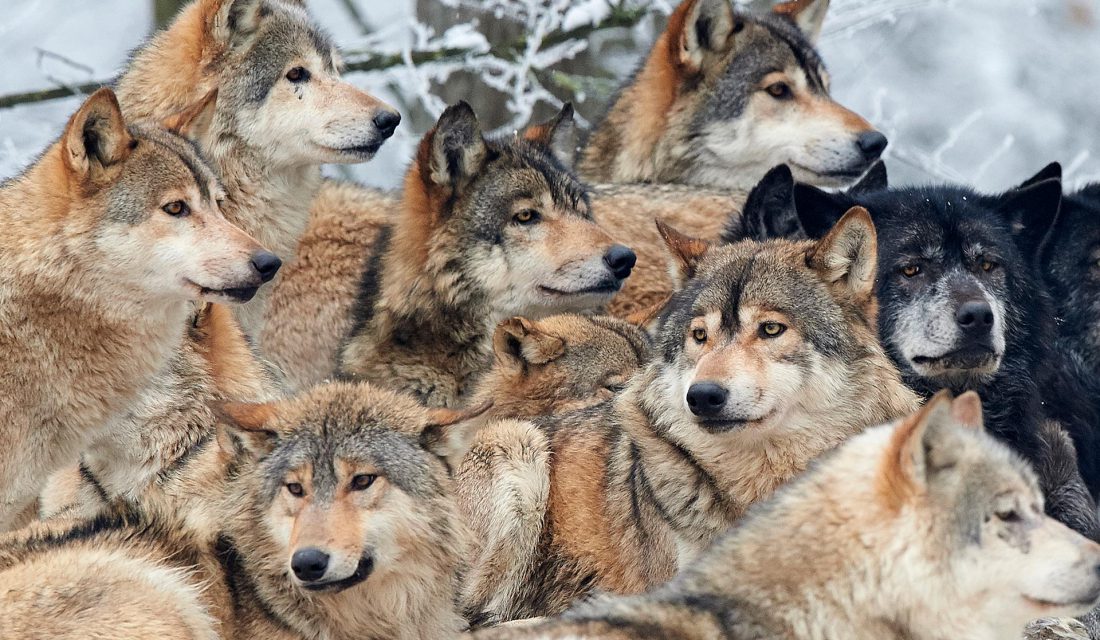 Wolves are incredibly social animals. They live in packs where group members help with hunting, caring for young and defending territories. They need each other to get by. They’ll hunt animals like deer, moose, caribou, muskox and bison. That said, a wolf pack will have to go on approximately 10 chases to take down a single large mammal. Teamwork is still hard work!
Wolves are incredibly social animals. They live in packs where group members help with hunting, caring for young and defending territories. They need each other to get by. They’ll hunt animals like deer, moose, caribou, muskox and bison. That said, a wolf pack will have to go on approximately 10 chases to take down a single large mammal. Teamwork is still hard work!

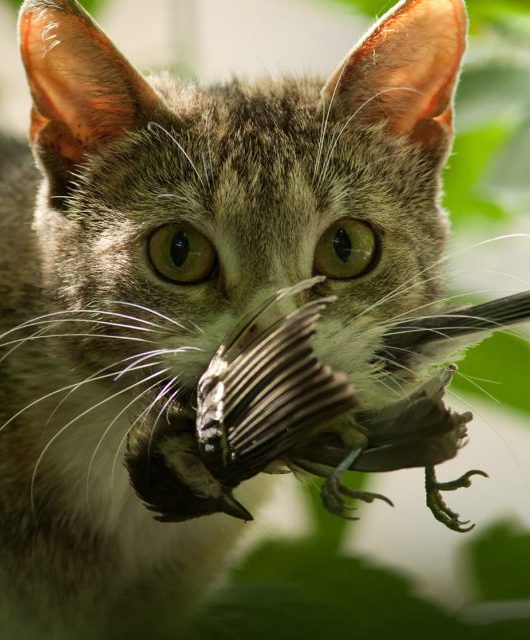

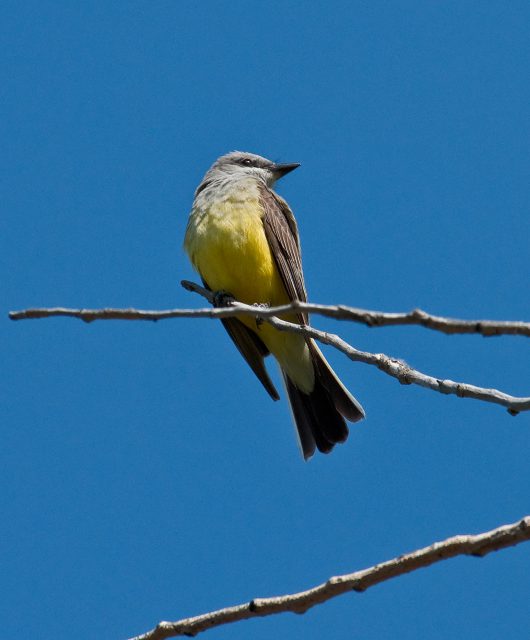
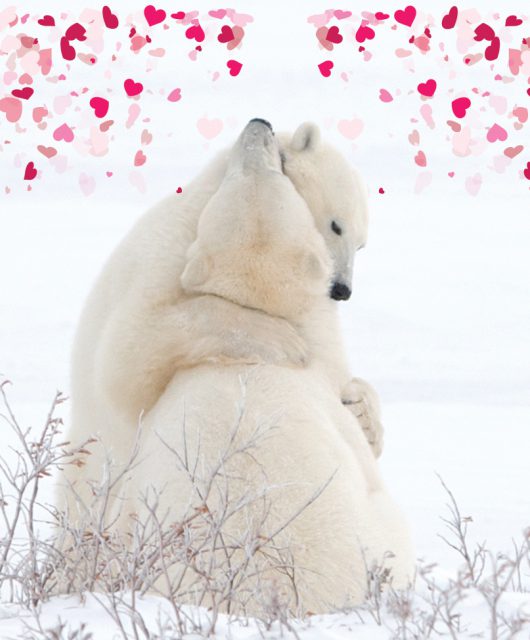
2 comments
Great article. A human example of this concept is Stefanie McEwan, the owner and operator of Soper Creek Wildlife Rescue. Also the brains behind Heroes for Wildlife. One of her many goals is to bring together wildlife rehabilitators in Ontario to mutually support each other and work together. She works tirelessly to care for wildlife and educate. She has organized a Virtual Wildlife Conference for the last weekend in September. So many benefit from her effort. I believe she needs to be recognized for all of this.
Very educational and good to know